Table of content
Cleaning duck intestines might seem like an intimidating task for those unfamiliar with the process, but with the right techniques and precautions, it can be accomplished efficiently and hygienically. Duck intestines, often used in various culinary dishes across Asia and other parts of the world, add a unique flavor and texture to meals. However, their preparation requires meticulous attention to detail to ensure they are free from any impurities or off-flavors. This comprehensive guide will walk you through the step-by-step process of how to clean duck intestines, highlighting essential tips and tricks to make the task less daunting.
Understanding Duck Intestines
Before diving into the cleaning process, it’s crucial to understand what duck intestines are and their role in culinary preparations. Duck intestines are the tubular organs responsible for transporting digested food in ducks. They are typically long, thin, and slightly translucent, with a slightly rubbery texture when cooked properly. In many cultures, duck intestines are a delicacy, often prepared in stir-fries, soups, or grilled dishes.
Preparation Before Cleaning
-
Gathering Supplies: Begin by gathering all necessary supplies. You will need:
- Fresh duck intestines
- A large bowl or sink filled with cold water
- A sharp knife
- Scissors
- Salt
- Vinegar or lemon juice (optional, for added freshness and odor removal)
- Rubber gloves (for added protection and to avoid direct contact with raw intestines)
- A colander or strainer for rinsing
-
Inspecting the Intestines: Carefully inspect the duck intestines for any visible signs of damage, such as tears, punctures, or discoloration. Discard any intestines that appear unhealthy or damaged.
Step-by-Step Cleaning Process
Step 1: Initial Rinse
- Rinsing Under Cold Water: Place the duck intestines under cold running water. Rinse them thoroughly to remove any loose debris or external impurities.
Step 2: Separating and Trimming
-
Separating the Intestines: Using a sharp knife or scissors, carefully separate the duck intestines into individual lengths. This makes handling and cleaning each piece easier.
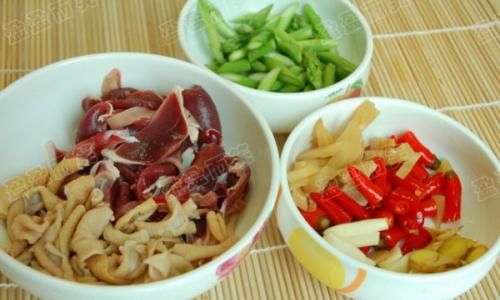
-
Trimming Fat and Connective Tissue: Trim away any excess fat, connective tissue, or other unwanted parts. This step ensures a cleaner final product and improves the texture and appearance of the cooked intestines.
Step 3: Internal Cleaning
-
Turning the Intestines Inside Out: This is the most crucial step. Carefully turn the intestines inside out using your fingers or a small tool like a chopstick. This allows you to access and clean the inner lining, which is where most impurities reside.
-
Removing Impurities: Once inside out, gently scrape off any remaining fat, residue, or impurities using your fingers or a soft brush. Be careful not to tear the intestines.
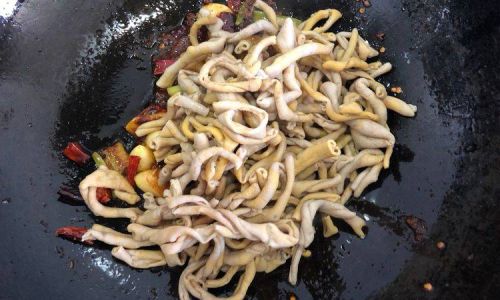
-
Rinsing Under Cold Water: Rinse the intestines thoroughly under cold running water to wash away all removed impurities. Repeat this process until the water runs clear.
Step 4: Soaking and Rinsing
-
Soaking in Saltwater: Fill a large bowl or sink with cold water and add a generous amount of salt. Soak the cleaned intestines in the saltwater for about 30 minutes. This helps to draw out any remaining impurities and adds a subtle flavor.
-
Rinsing Again: After soaking, rinse the intestines once more under cold running water to remove any salt residue.
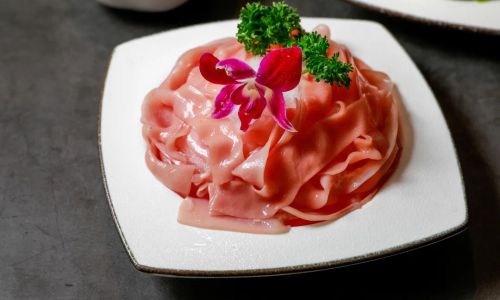
Step 5: Optional Steps for Enhanced Cleanliness
-
Using Vinegar or Lemon Juice: For an added layer of cleanliness and to neutralize any lingering odors, soak the intestines in a solution of water mixed with a small amount of vinegar or lemon juice for 10-15 minutes. Rinse thoroughly afterward.
-
Inspecting Once More: Before proceeding with cooking, inspect the intestines once more to ensure they are completely clean and free of any imperfections.
Cooking and Serving
Once cleaned, duck intestines can be prepared in various ways depending on your recipe. They can be stir-fried with vegetables, added to soups or stews, or grilled for a delicious snack. Remember to cook duck intestines thoroughly to ensure they are safe for consumption.
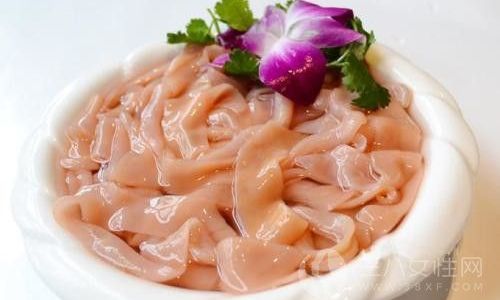
Safety and Hygiene Tips
- Always wear rubber gloves when handling raw duck intestines to avoid cross-contamination and to protect your hands.
- Ensure all utensils and surfaces used during the cleaning process are thoroughly cleaned and sanitized afterward.
- Avoid using hot water during the cleaning process, as it can tighten the intestines and make impurities harder to remove.
- Cook duck intestines to an internal temperature of at least 165°F (75°C) to ensure they are safe for consumption.
Conclusion
Cleaning duck intestines may seem like a daunting task, but with patience, attention to detail, and the right tools, it can be done effectively. By following this comprehensive guide, you can ensure your duck intestines are clean, safe, and ready for any culinary adventure. Whether you’re preparing a traditional dish or experimenting with new recipes, clean duck intestines will add a unique and delicious flavor to your meals. Enjoy your culinary journey!
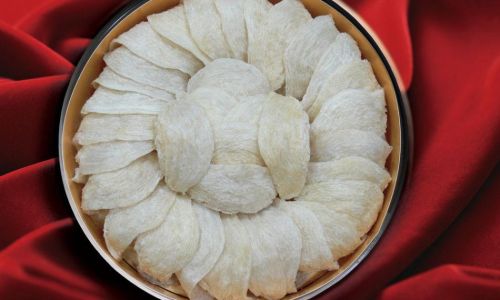
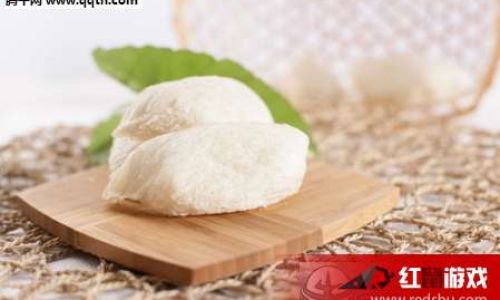

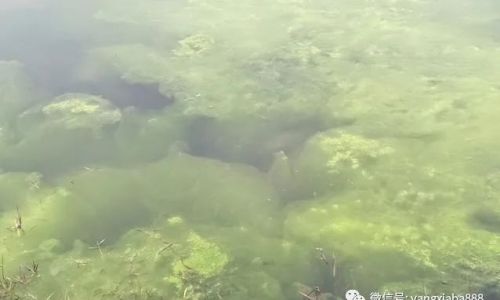
0 comments